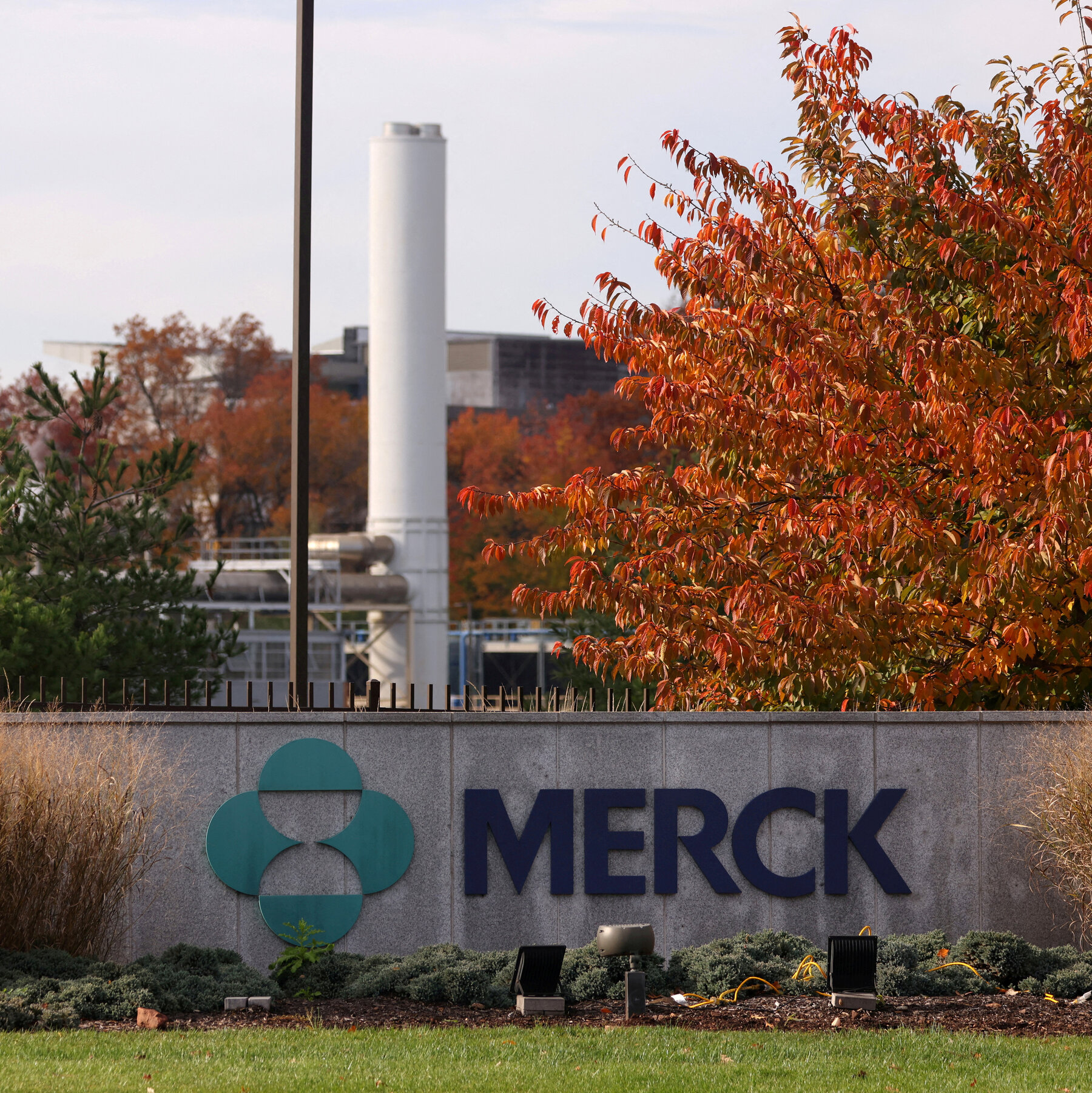September Jobs Report Adds Uncertainty to the Fed’s December Rate Decision
Labor market shows signs of cooling
The latest employment data for September revealed a slowdown in hiring, with non‑farm payrolls increasing by just 150,000 jobs—well below analysts’ expectations. The unemployment rate edged up to 4.0%, and wage growth decelerated to 3.2% annualized, suggesting that the once‑robust labor market is losing momentum.
Inflation begins to creep upward again
At the same time, consumer price indexes indicated a modest rebound in inflation. Core CPI rose 0.4% month‑over‑month, pushing the year‑over‑year rate to 3.6%, a level that remains above the Federal Reserve’s 2% target. The resurgence is being driven primarily by higher energy costs and a slight uptick in housing expenses.
Fed officials split on the next move
These divergent trends have deepened the divide among Federal Reserve policymakers. Some members argue that the weakening job market warrants a third consecutive rate cut to sustain the economic slowdown, while others warn that persistent inflation could force the central bank to keep rates steady—or even consider a hike—at its December meeting.
What the December decision could mean
If the Fed chooses to cut rates, the move could provide a short‑term boost to growth but risk reigniting price pressures. Conversely, maintaining or raising rates would signal a commitment to taming inflation, potentially slowing the recovery further. Markets are watching closely, as the September report has left the outlook more ambiguous than in recent months.







